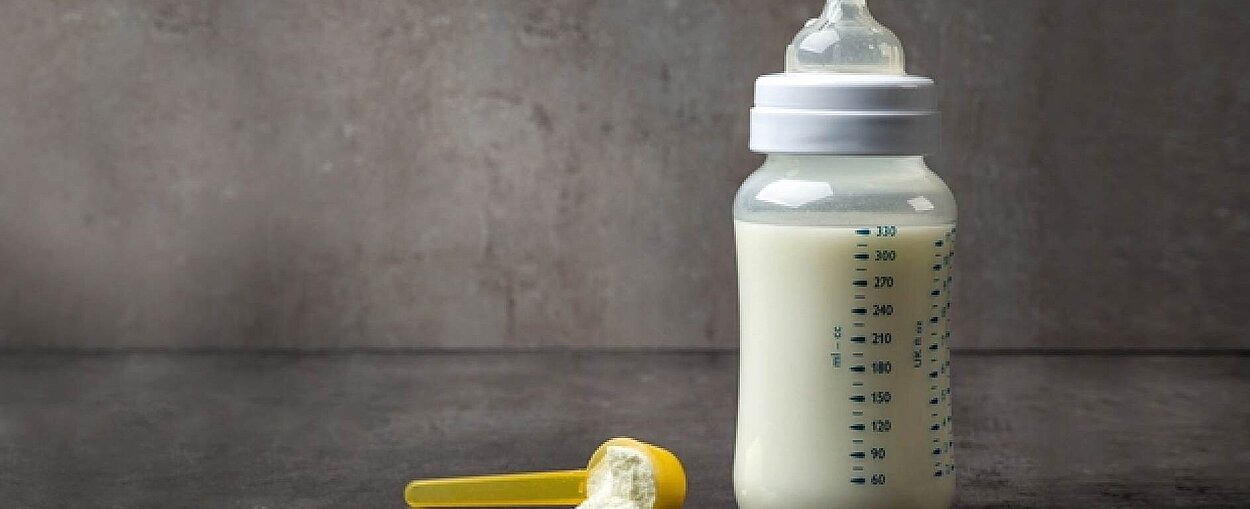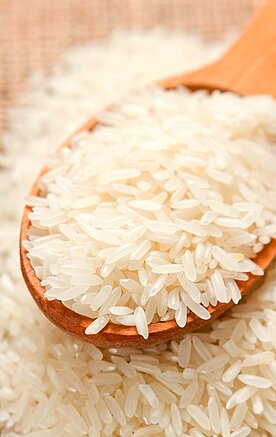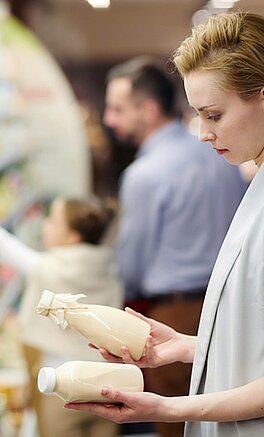Combating False Foods Effectively

Food counterfeiters often go unpunished

The problem has long since spread to foods other than baby nutrition. Cases have become known of plastic rice and even of counterfeit eggs. Moreover, the problem is no longer restricted to Asia. It has propagated further afield, e.g. into Europe.
Recently, 50 production sites in China were discovered that manufactured counterfeit soya sauces and famous brands of vinegar. Even world famous brands such as Nestlé and Knorr have now been imitated. The counterfeit products were mixed with hazardous substances such as industrial salts and synthetic coloring agents. Of course, attempts are being made to shut down production facilities of this kind as rapidly as possible. However, as the following example illustrates, it is often difficult to shut down an operation like this: some of them have been in production for over 10 years!
This makes it clear that the problem cannot be solved simply by closing counterfeiters' production facilities, in some cases after a considerable delay. How can brand manufacturers protect their genuine products, and therefore also their consumers, in an effective manner?
Evidently, counterfeiters cannot be prevented from imitating the foods of well-known brands. However, let us assume that counterfeiters can no longer find buyers for their imitation goods: They would then be left holding their goods in stock and would ultimately have to shut down production - after all, without sales, there can be no profits. How could that be accomplished?
Fake foods must be identifiable as such, rendering them unsaleable

Genuine products should therefore have a special form of marking to distinguish them from counterfeit products. For this, and most especially, physical safety markings, e.g. in the form of safety labels on the product or on the packaging are an appropriate response. Every individual foodstuff will be marked individually with a safety label that contains unique information. These unique and individual markings would ensure that the identity of a product can be traced. If a product does not have this kind of marking, it is then clearly a non-authorized product, or possibly even a counterfeit version. The important thing is that the technology used to make these markings is not available to counterfeiters (more about this in our blog entries). To protect against the reuse of previously used product packaging ("re-filling"), adhesive safety tapes and seal labels are used.
To make the safety concept effective, a communication strategy is required. Ideally, every point in the supply chain – from production to dealer and customs official to end consumer - should be informed how to check the authenticity of a product. The connection of security labels to an online checking system enables brand owners to collect important market data: At which point in time is the authenticity of a product confirmed? Where have suspicious products been discovered? These geo data can be used to send out investigators to specific areas to close down illegal production facilities.
With the combination of security marking, communication strategy and market transparency, the root of the problem can be tackled. Counterfeiters would have difficulty selling their goods. The criminal business in counterfeit goods ceases to be lucrative and becomes less attractive. In this way, brand owners can protect their genuine products and therefore also their customers.
Interesting links on this subject
YouTube Video: “Fake Rice Made in China - Plastic Rice Factory”
YouTube Video: “Beware of fake eggs from China - Boycott made in China products"
Europol Report: “EUR 230 million worth of fake food and beverages seized”
Article “China busts 50 factories making fake branded seasoning with ‘dangerous’ ingredients”
Physical security markings as proof of authenticity
Blog post: "Holograms as a security marking? Holograms as a security marking? What to look for"
Blog post: "5 tips: How to successfully communicate security concepts to the market"
Online verification platform: Authentication linked to market transparency and customer dialogue




